After weeks of frustration and concerns about how the looming harvest would be managed, a…
Call for urgent action to halt fire ant spread
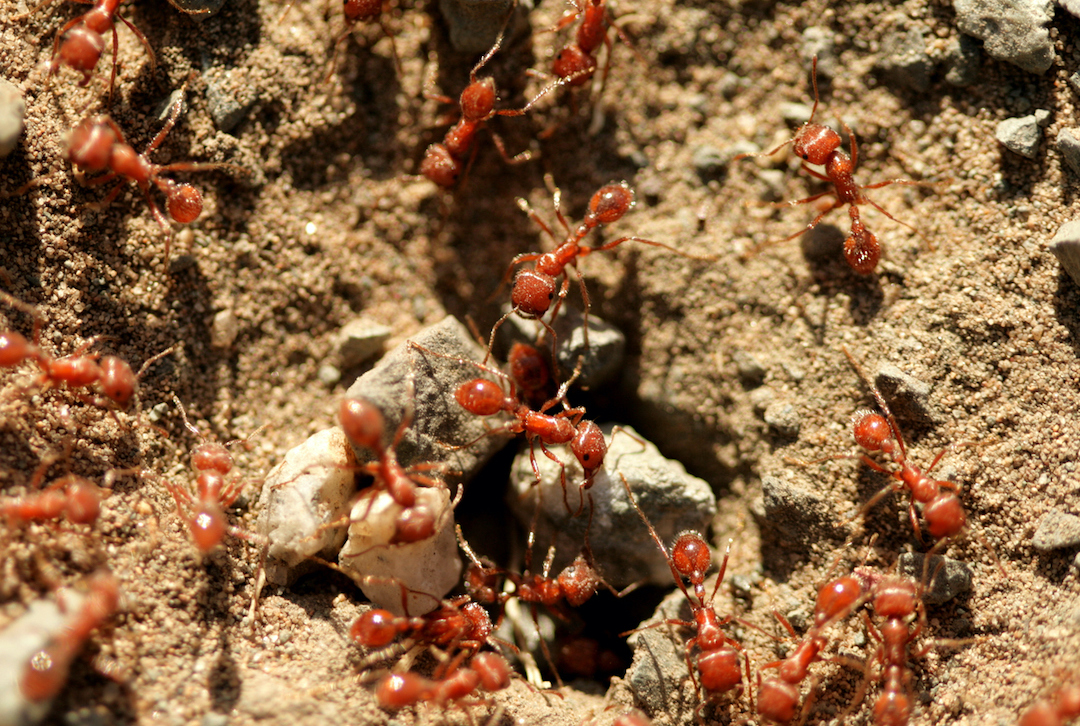
These fire ants are one of the worst invasive species in the country, causing serious concern for the environment and the agricultural industry.
Damage and destruction
Red Imported Fire Ants are extremely dangerous to our environment. The colonies feed on animals that live on the ground, including insects, spiders, lizards, frogs and birds. By disrupting fauna that pollinate native plants, they can cause changes in vegetation and bush lands. They also eat seeds, which stops new growth and vegetation.
Aside from posing a significant environmental threat, fire ants also damage the Australian economy and lifestyle. Their nests hold tens of thousands of ants. As an aggressive species, when these nests are built near parks and sports fields, this limits our ability to enjoy recreational areas.
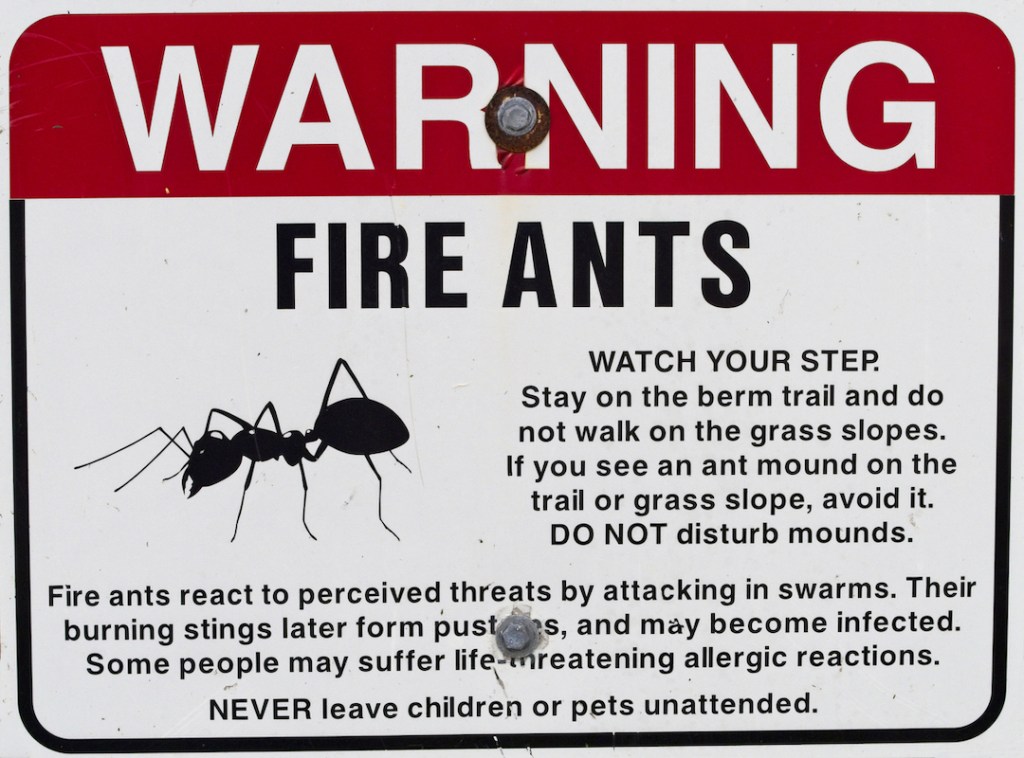
According to the National Fire Ant Eradication Program, the ants affect over 50 crops grown in Australia by tunnelling through their root systems and feeding on control agents. This costs agricultural businesses as they work to restore their crops after an infestation. Additionally, the ants can damage electrical equipment such as air conditioning and traffic signal boxes by nesting in the soil surrounding them. On farms, there have been cases of Fire Ants stinging livestock to the point of blindness and suffocation.
Their presence also limits the ability to export goods to countries without a Red Fire Ant population.
Management strategies
Fire Ants were first identified in Brisbane in 2001, and have spread since then. While the National Fire Ant Eradication Program was established in 2017 with the aim of eradicating fire ants in Australia by 2032, they report that nests have been found across 600,000 hectares in Queensland.

The most common way for ants to spread is by flying, rafting along water, or through the movement of organic material from one location to another. In Queensland, fire ant biosecurity zones include all individuals and businesses who work with organic materials in areas affected by infestations. When working in these areas, individuals must follow strict protocols for moving soil, mulch and hay.
Urgent action needed now
Last week, fire ants were spotted in NSW for the first time. Five fire ant nests have now been identified in Murwillumbah, 13 kilometres from the NSW/Queensland border.
According to a statement from the NSW Department of Primary Industries, �this is the first fire ant detection in northern NSW and presumed to be the most southern report of fire ants from the Queensland infestation.�
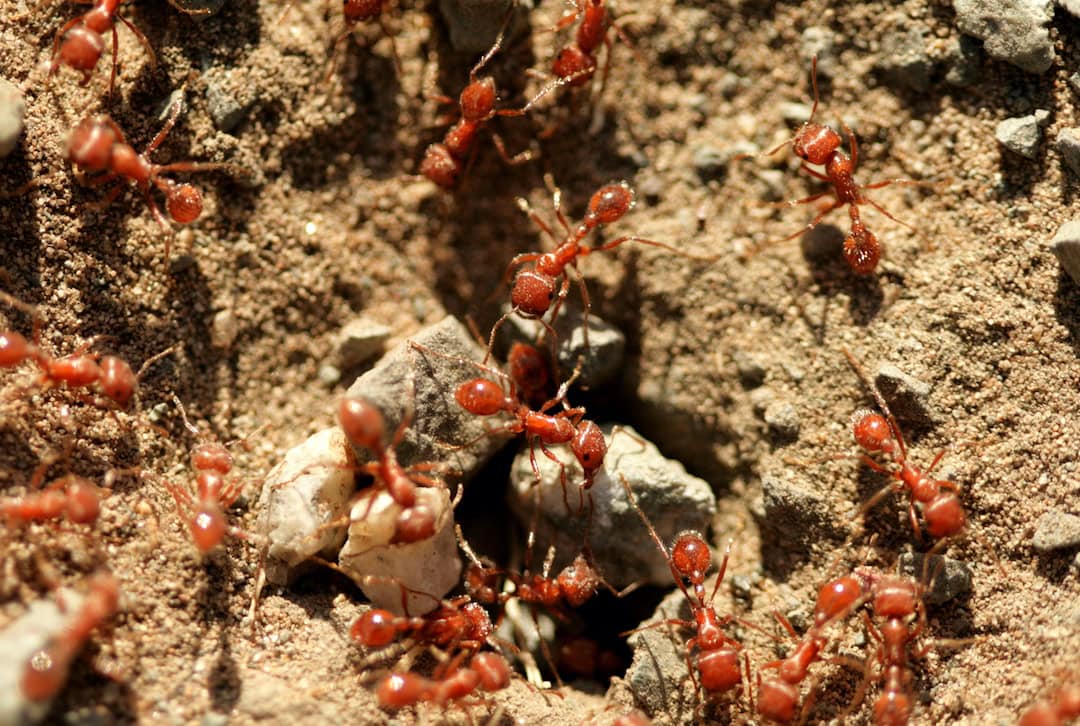
Already, biosecurity control and tracing measures have been put in place for businesses and individuals within 5 kilometres of the site, limiting the movement of mulch, compost, soil, hay and more. Fines for breaching these conditions can reach $1.1 million for individuals and $2.2 million for businesses.
NSW farmers are demanding swift action to stop the ants from spreading further. They believe that only through urgent support from governments can the infestation be stopped before it begins impacting rural producers and agricultural businesses across the state.


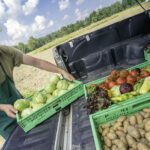

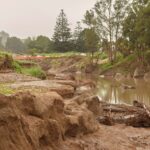



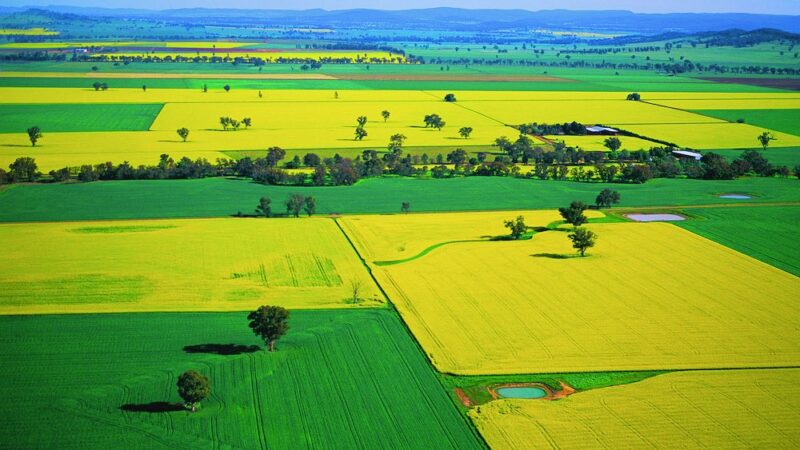
The eradication of fire ants in SE Queensland over the last couple of years has been at best spasmodic and seasonal. Officials from the QLD Department of Primary Industries decided that the fire ants needed to be eradicated in summer only. Go figure.